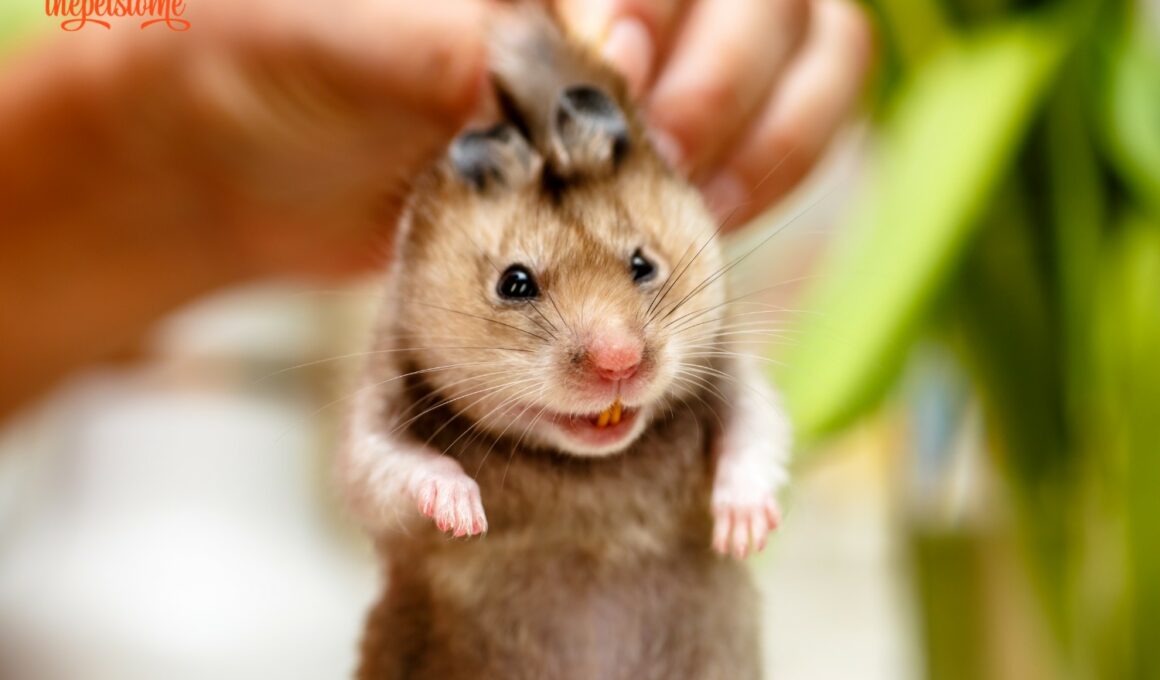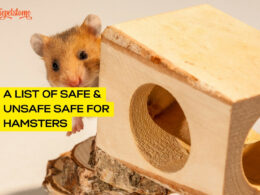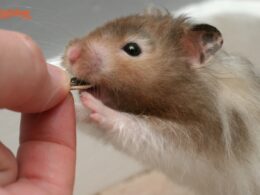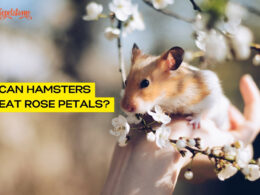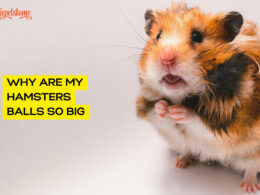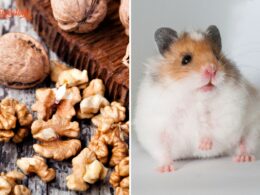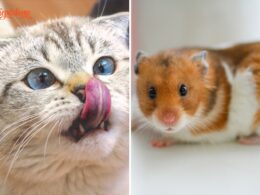Table of Contents Show
The chattering of the teeth – also known as bruxism – can mean a variety of different things when exhibited by hamsters. If your hamster is chattering their teeth, you will most likely notice this as a clicking, chattering or even purring sound.
This sound is produced by your hamster rubbing its incisor teeth together. Incisors are the long teeth visible in the front of their mouth.
Hamsters may engage in bruxism to communicate a variety of different emotional states, in a variety of different contexts. In this article, we will discuss the most common reasons for teeth chattering in hamsters.
What Does It Mean When Hamsters Chatter Teeth?
Here are some of the reasons why your hamsters are chattering their teeth and what to do;
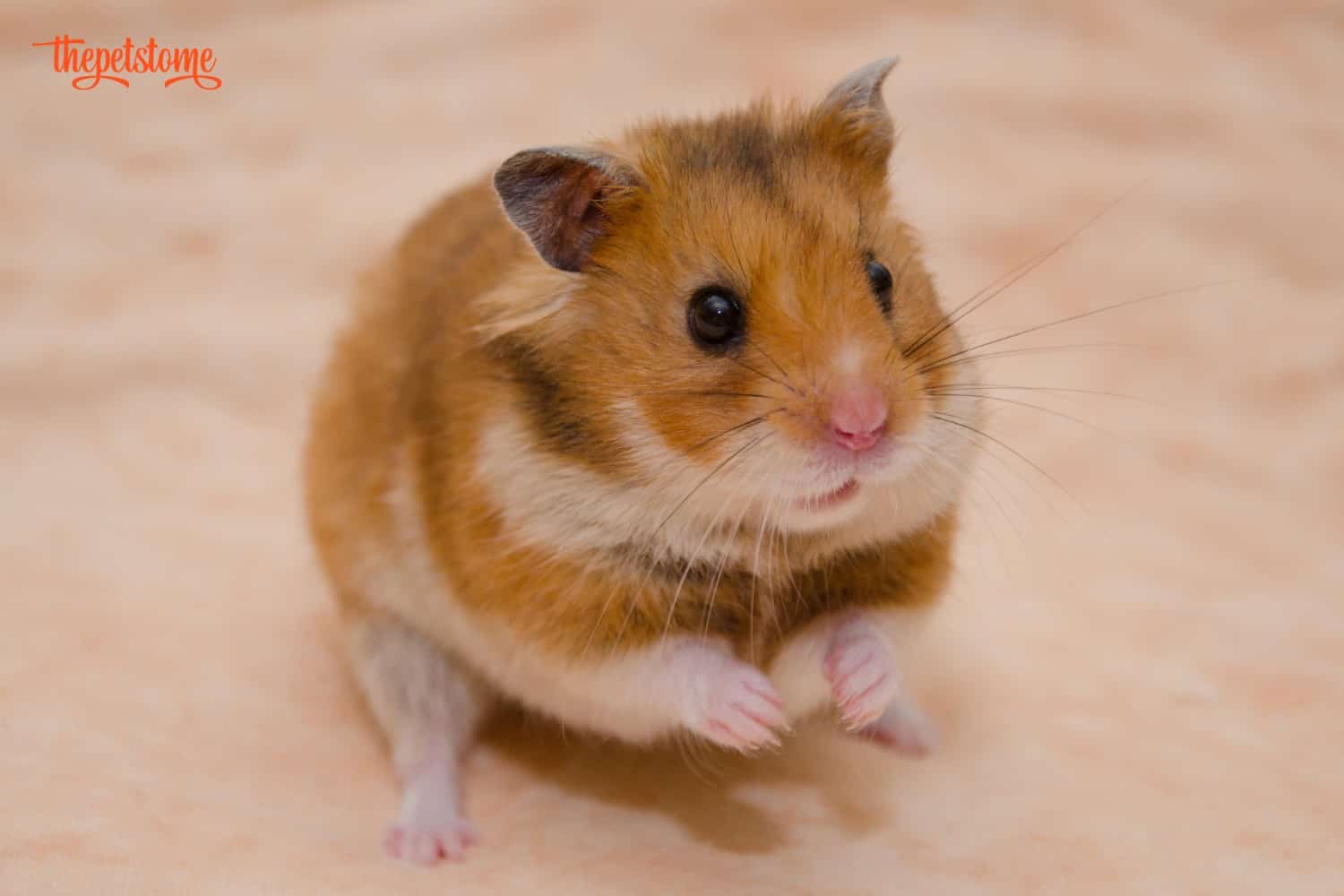
1. Stress, Fear, Or Irritation
Hamsters will chatter or grind their teeth when they feel irritated or upset by something in their environment, for example, being handled in a way they are uncomfortable with by a human family member.
Bruxism is believed to be a directly stress-relieving or self-soothing behavior for some hamsters. If your hamster is exhibiting bruxism in combination with appearing agitated, this is most likely a sign that they need space.
What to Do
It is sensible to give them a break from being handled for half an hour; otherwise, you may risk being on the receiving end of those teeth yourself!
2. Territorial Behavior
Whilst a few specific species of Dwarf hamster can be carefully housed with other members of the same species, most species (including the commonly kept Syrian or Golden hamster) should not be housed with other hamsters!
Male hamsters in particular may chatter their teeth as a form of territorial display where other hamsters are nearby. In this case, the behavior may be accompanied by other signs of aggression such as the arching of the back, and their fur may stand up giving them a “puffed up” appearance.
This is your hamster trying to make himself appear bigger, and more intimidating to his competition!
What to Do
If you notice these signs then you will need to ensure your hamsters are separated without delay, to avoid the potential for a fight to ensue, during which one or both of your hamsters could get hurt. Fights between male hamsters can be violent and may result in significant injury.
Even if you own a pair of Dwarf hamsters who were previously getting on OK, you should house the hamsters separately and not allow any contact between them at the first sign of any aggressive or territorial behaviors.
If you need to separate two male hamsters who are fighting, you should wear thick, protective leather gloves where possible, to reduce any risk of getting bitten.

3. Pain Or Discomfort
Sometimes, hamsters will chatter their teeth due to hunger, pain, or discomfort.
A common cause of this is dental issues, such as overgrown teeth which may be causing damage to the surrounding soft tissues of your hamster’s mouth and face.
What to Do
If your hamster is exhibiting excessive bruxism without an obvious cause, be sure to get them checked over thoroughly by a vet who has experience dealing with small, exotic pets.
4. Hunger
Sometimes, teeth chattering can be a simple fix – your hamster may just be hungry (or perhaps more appropriately, “hangry!)
What to Do
In the first instance, try offering your hamster some appropriate and tempting food, and see if this resolves the issue.
5. Happiness And Contentment
Ah, it’s so nice to end on a positive note! Despite all the possible negative reasons why your hamster might be chattering their teeth, it’s also common for hamsters to engage in bruxism to communicate that they feel calm, happy, and content with their surroundings and those handling them.
Typically, where hamsters are chattering their teeth to convey these positive emotions, the sound will be more of a soft, steady bruxing noise, which may even sound similar to a cat very quietly purring.
In contrast, where bruxism is being used to convey negative emotions, you are more likely to hear a rapid, loud, and continuous chattering or grinding sound.





